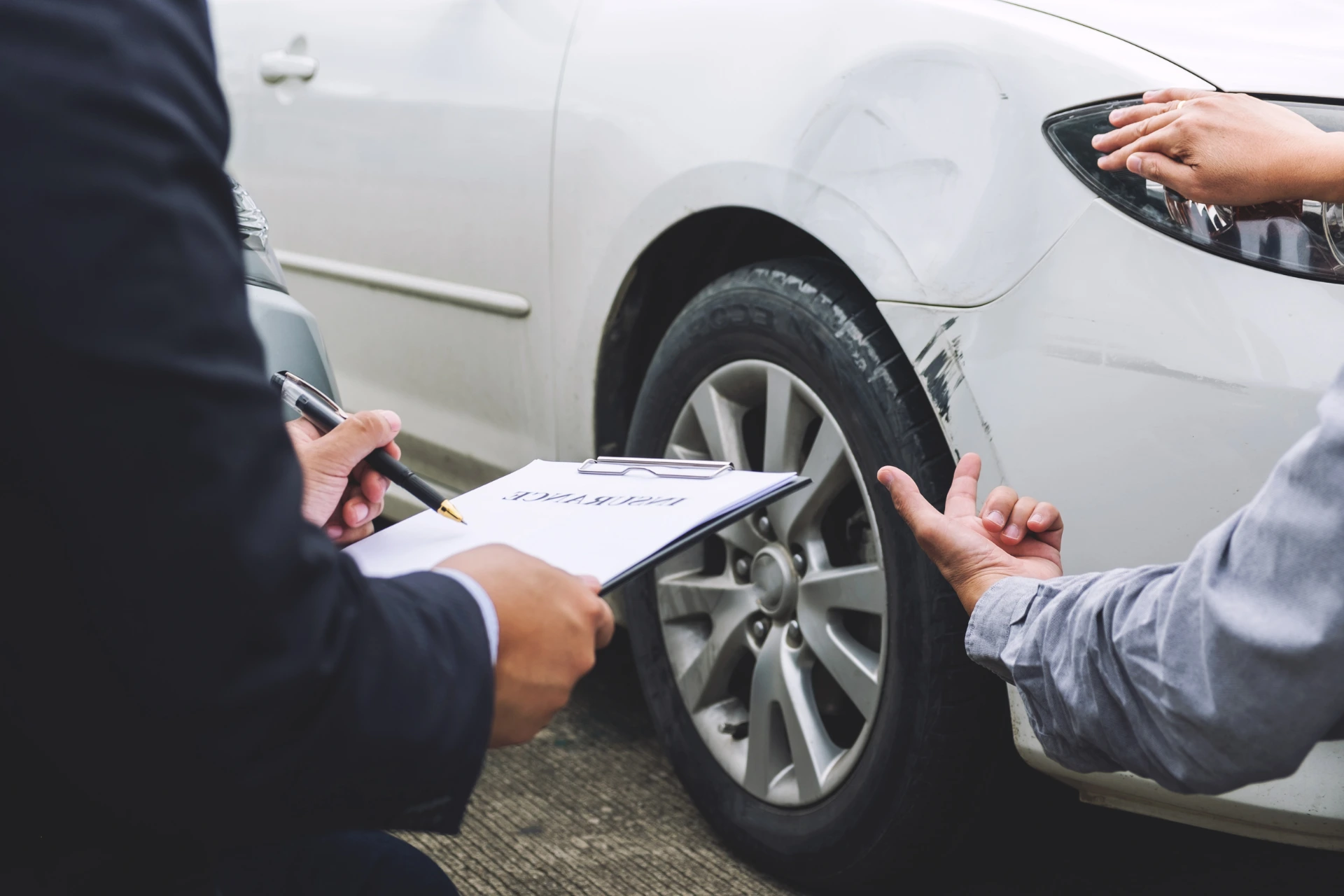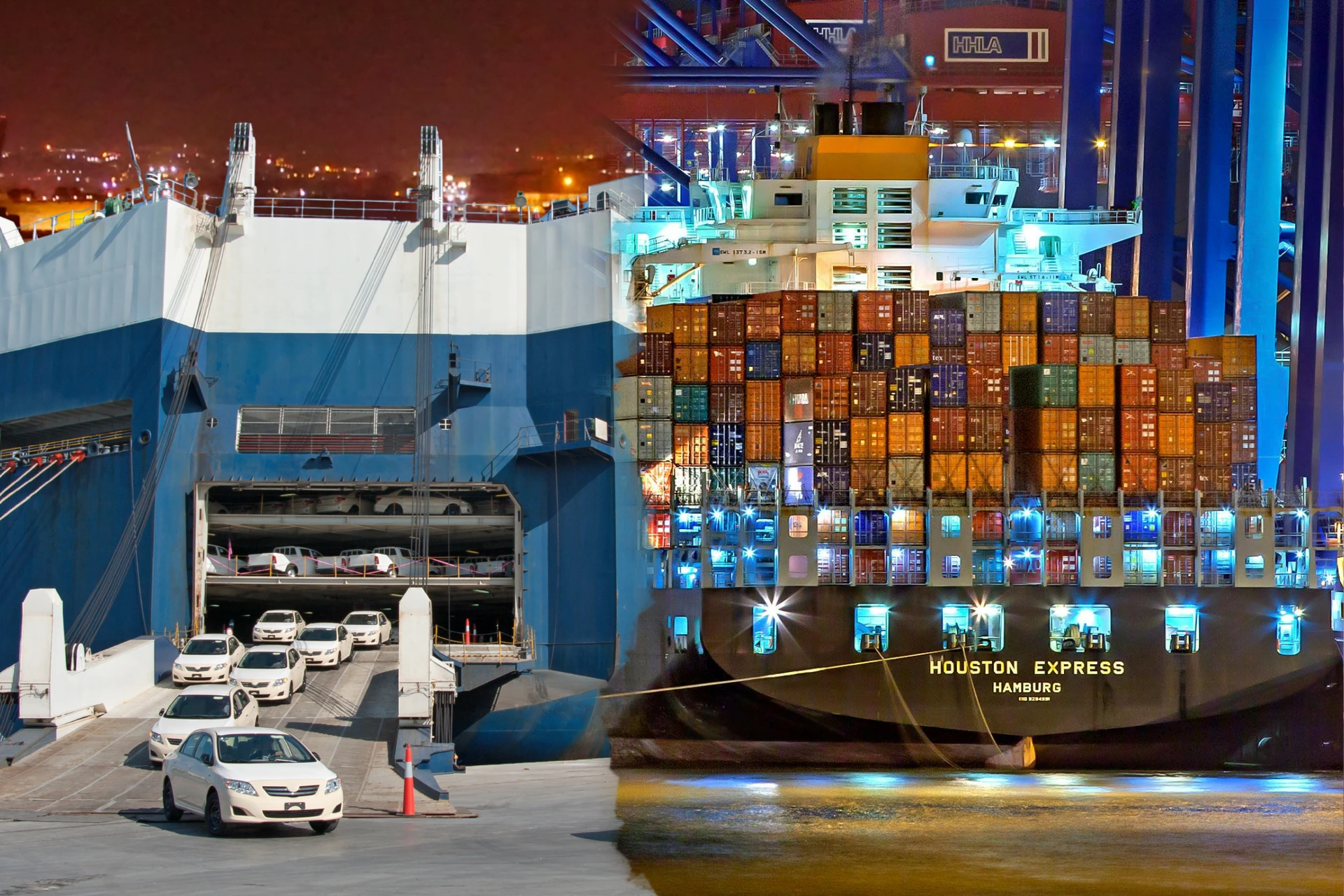
Is Auto Transport Covered by Your Car Insurance?
You’re planning to ship your vehicle and wondering — is it already covered under your car insurance? The answer is more complicated than a simple yes or no.
At Transportvibe, we’ve helped thousands of drivers understand the auto transport insurance landscape. Whether you’re moving cross-country or buying a car online, knowing your coverage could mean the difference between peace of mind and an expensive mistake.
In this guide, we’ll explain what your personal auto policy typically includes, what carriers are required to provide, and what extra coverage options are worth considering.
Table of Contents
- Does Your Personal Car Insurance Cover Auto Transport?
- What Insurance Must Auto Transport Companies Provide?
- Key Differences: Carrier Insurance vs. Personal Insurance
- Common Gaps in Auto Transport Coverage
- What Happens If Damage Occurs During Shipping?
- Should You Buy Supplemental Insurance?
- How to Check a Carrier’s Insurance Credentials
- Tips to Ensure You’re Fully Covered
- FAQs About Auto Transport and Car Insurance
- Final Thoughts
Does Your Personal Car Insurance Cover Auto Transport?
In most cases, standard car insurance policies do not cover your vehicle while it is being transported by a professional auto carrier.
Why?
Because the vehicle is not under your operation during shipping, and most policies limit coverage to personal use, not commercial transit.
However, there are exceptions:
- Some insurers offer optional coverage riders for transport.
- Others may extend comprehensive coverage for specific risks (e.g., fire or theft in transit).
Transportvibe Tip: Call your provider and ask specifically, “Does my policy cover damage during vehicle shipping by a licensed carrier?”
What Insurance Must Auto Transport Companies Provide?
All FMCSA-licensed auto transport carriers are required by law to carry cargo insurance and liability insurance.
Standard Coverage Includes:
- Liability Insurance: Covers property damage or injury caused by the truck during transport.
- Cargo Insurance: Covers damage to your vehicle during loading, unloading, and in transit.
Typical cargo coverage ranges from $100,000 to $250,000 per load, depending on the carrier and vehicle type.
Note: Coverage is per load, not per car. If multiple vehicles are on the same trailer, payout limits may be shared.
Key Differences: Carrier Insurance vs. Personal Insurance
| Feature | Personal Car Insurance | Carrier Cargo Insurance |
|---|---|---|
| Required by Law | ✅ | ✅ |
| Covers In-Transit Damage | ❌ (usually not) | ✅ |
| Covers Acts of Nature | ✅ (with comp) | ❌ or limited |
| Covers Interior Damage | ❌ | ❌ (usually not) |
| Covers Accessories | ❌ | Sometimes with limits |
Common Gaps in Auto Transport Coverage
Auto transport insurance (even from the carrier) has limitations. Common exclusions include:
- Personal belongings inside the car
- Non-stock accessories (aftermarket rims, spoilers, audio systems)
- Mechanical issues not caused by the carrier
- Minor cosmetic scratches unless noted in the BOL
- Acts of God (e.g., floods, hurricanes) unless you have additional coverage
What Happens If Damage Occurs During Shipping?
If your vehicle is damaged during transit, follow this process:
- Inspect at delivery: Compare with the pre-shipping condition documented in the Bill of Lading (BOL).
- Take photos immediately: Show the damage clearly.
- Note issues on the BOL: Don’t sign off if you notice new damage.
- File a claim: With the carrier (not your personal insurer).
- Follow up: Carrier’s insurer has up to 30 days to respond.
Important: If you sign the BOL without noting damage, you may lose the ability to file a claim.
Should You Buy Supplemental Insurance?
In some cases, purchasing gap or supplemental insurance makes sense — especially for high-value vehicles.
Options Include:
- Broker-offered plans like AmeriFreight’s AFta PLAN
- Third-party coverage from logistics insurers
- Expanded coverage from your personal auto insurer
When It’s Worth It:
- Car value exceeds $75,000
- You’re shipping via enclosed transport
- You’re moving across long distances
- You want to insure personal items inside the car
How to Check a Carrier’s Insurance Credentials
To verify your transporter is properly insured:
- Ask for a Certificate of Insurance (COI)
- Check the DOT number on FMCSA.gov
- Review complaint history and coverage limits
- Read the fine print: What’s excluded? Are deductibles involved?
Transportvibe Tip: Always ask for a copy of the carrier’s COI before handing over your vehicle.
Tips to Ensure You’re Fully Covered
- Empty the vehicle: Remove all valuables and personal items.
- Document the vehicle’s condition: Take high-resolution photos of all sides.
- Read the BOL carefully: Note any pre-existing damage.
- Ask questions: Clarify exclusions, deductibles, and timelines.
- Consider extra coverage if shipping a luxury, classic, or rare vehicle.
FAQs About Auto Transport and Car Insurance
Q1: Will my insurance cover damages during auto transport?
A: Usually not. Most personal car insurance policies exclude shipping-related damages.
Q2: What happens if the carrier damages my car?
A: You must file a claim through the carrier’s cargo insurance. Always note damage on the Bill of Lading at delivery.
Q3: Can I leave personal items in my car during shipping?
A: You can, but they’re not covered by most carrier insurance policies. It’s safer to remove them.
Q4: What is a Certificate of Insurance (COI)?
A: A COI is a document proving that a carrier holds valid cargo and liability insurance. Always request one.
Q5: Do enclosed car shipments offer better insurance coverage?
A: Not necessarily, but they reduce risk. Some enclosed carriers carry higher-value coverage due to the type of vehicles they ship.
Q6: Should I get extra insurance if my car is expensive?
A: Yes, it’s often worth it. Third-party or gap insurance provides extra protection for high-value vehicles.
Final Thoughts
Car shipping can feel risky, but the right insurance knowledge makes all the difference. While your personal auto policy likely doesn’t cover shipping-related damages, carrier insurance fills most of the gap — and optional coverage is available for full peace of mind.
At Transportvibe, we help you make smart decisions before you ship. Use our platform to compare insured and vetted carriers, and don’t hesitate to ask for COIs or additional protection.
Get a Quote Now and protect your vehicle with confidence.














